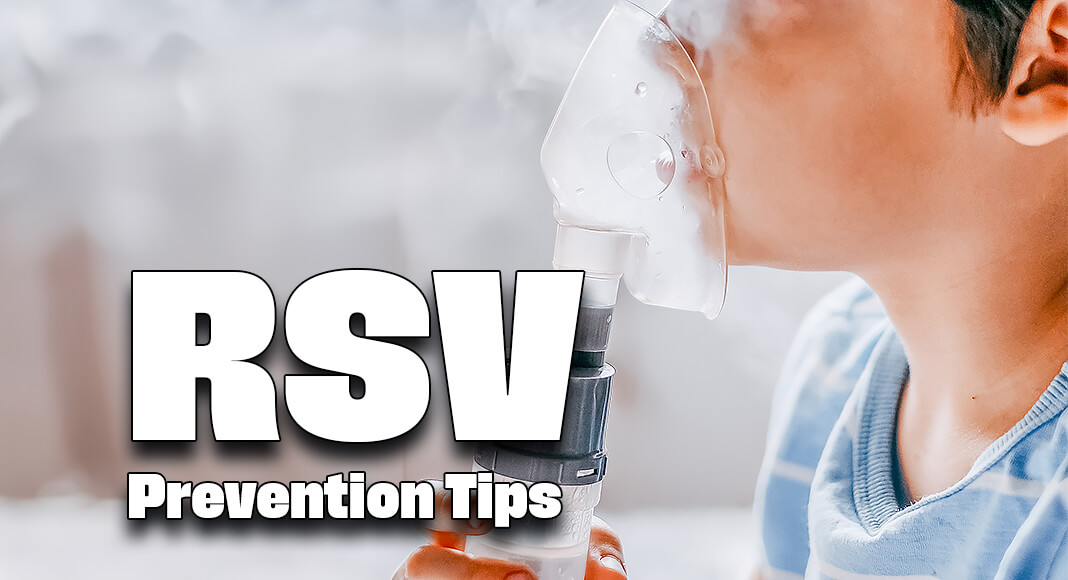
Mega Doctor News
While the fall season includes slightly cooler temperatures in the Rio Grande Valley and a time change, it also brings about the threat of respiratory syncytial virus (RSV), the leading cause of infant hospitalization in the United States, per the Centers for Disease Control and Prevention (CDC).
The highly contagious virus, which spreads easily among babies and children, infects the nose, throat and lungs. Symptoms of RSV are much like the flu and COVID-19 that it may be hard to distinguish in patients until it’s in its more advanced stage.
For many children, RSV can feel like the common cold with symptoms including congestion, dry cough, low-grade fever, sore throat, sneezing and headache. But it can lead to serious complications like trouble breathing and may require hospitalization.
Each year, an estimated 58,000 to 80,000 U.S. children under five years of age are hospitalized due to RSV, per the Cleveland Clinic. When it comes to infant hospitalizations, two out of three babies get RSV by age one.
Babies born premature, infants under six months and infants with underlying health problems face the highest risk of complications from RSV.
“RSV in its advanced stage can prevent air from getting to the lungs, leading to a decrease in oxygen in the blood supply, which can become extremely dangerous,” says Dr. Ivelisse Santiago, a pediatric hospitalist at South Texas Health System Children’s. “RSV can spread to the lower respiratory tract, causing more severe illness like bronchiolitis and pneumonia.”
In severe cases, RSV can be life threatening. In the U.S., the virus leads to an estimated 100 to 300 deaths in children annually, per the National Foundation for Infectious Disease.
So, to keep kids safe and limit the spread of RSV this season, South Texas Health System Children’s offers the following tips for parents and caregivers to keep kids healthy:
Teach Proper Handwashing: Washing your hands well and often is the best way to keep from getting sick. Handwashing can protect one in five young children from respiratory illnesses, per the CDC. Cleaning your hands not only helps reduce the risk of catching germs, but it also limits the risk of spreading germs – especially to others who may be more susceptible to illnesses.
Cover Coughs and Sneezes: Germs can travel up to five feet from the mouth when coughing or sneezing. Using a tissue or the upper shirt sleeve to cover a cough and sneeze helps limit the spread of germs and prevents others from getting sick.
Avoid Close Contact with Others: Keeping a safe distance from people when sick is one of the best ways to avoid spreading illnesses. If your child is sick, it’s best to the keep them home to prevent them from spreading germs to other children.
Clean Frequently Touched Surfaces: Focus on surfaces that are touched often like tables, doorknobs, light switches, handles, counters, desks, toilets, faucets and sinks. And don’t forget your child’s toys and games! Place hand sanitizer with at least 60% alcohol near frequently touched surfaces.
Mask Up: RSV spreads when droplets from a cough, sneeze or infected surface get inside the eyes, nose and mouth. Wearing a mask can protect from inhaling respiratory hazards and prevent the transmission of RSV.
Avoid Touching the Face: This can potentially prevent infection. If kids touch an infected surface, then touch their eyes, nose or mouth – which are also entryways for viruses into your body – kids could potentially become infected and get sick.
Seek immediate medical attention if your child – or anyone at risk of severe RSV infection – has difficulty breathing, a high fever or a blue color to the skin, particularly on the lips and in the nail beds.
If your child is at high risk for severe RSV disease, consult with your pediatrician or family doctor. If you don’t have a primary care provider, visit doctors.southtexashealthsystem.com to find one near you.










